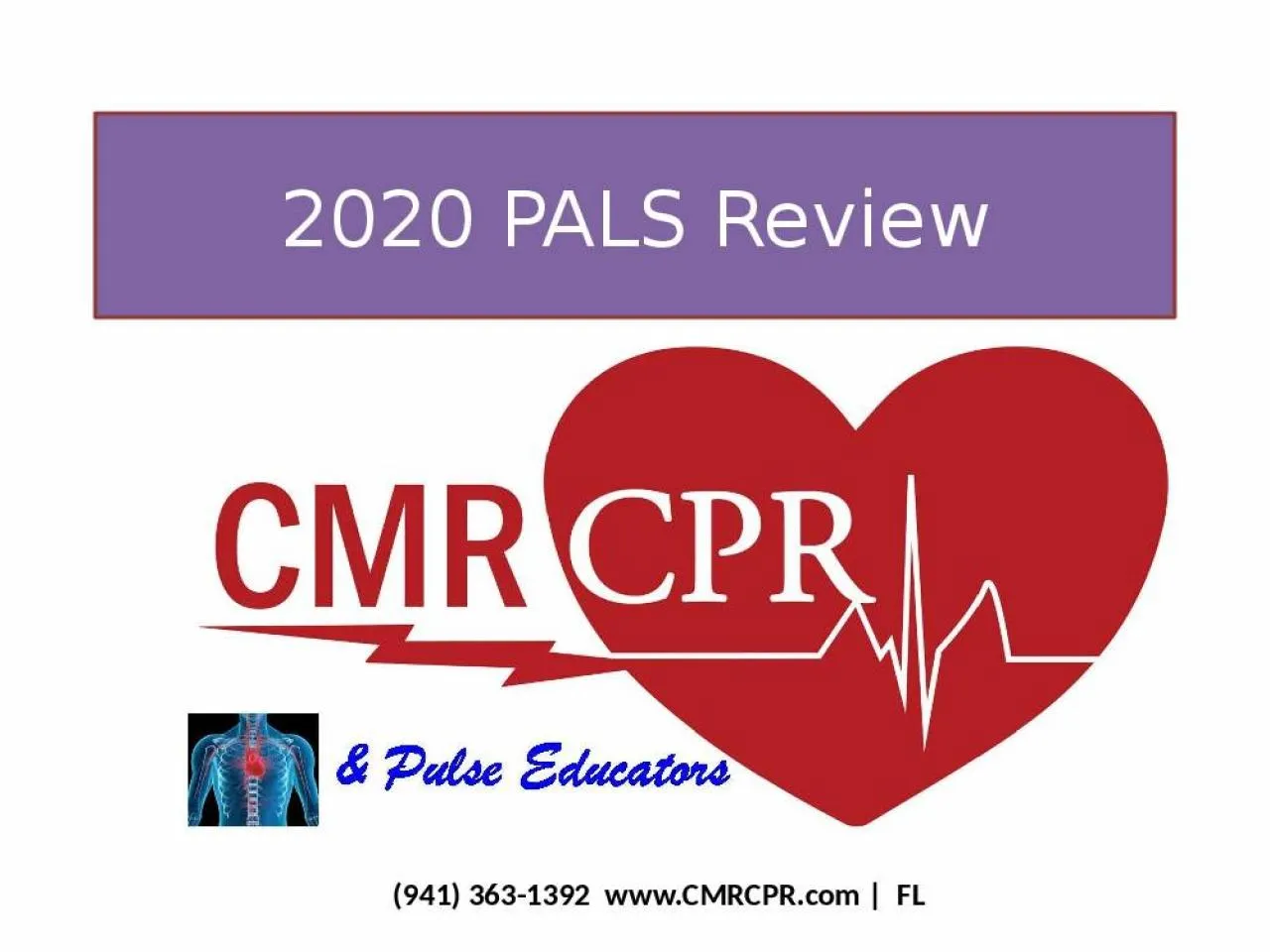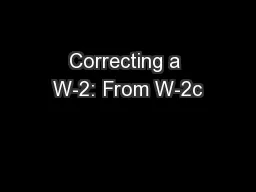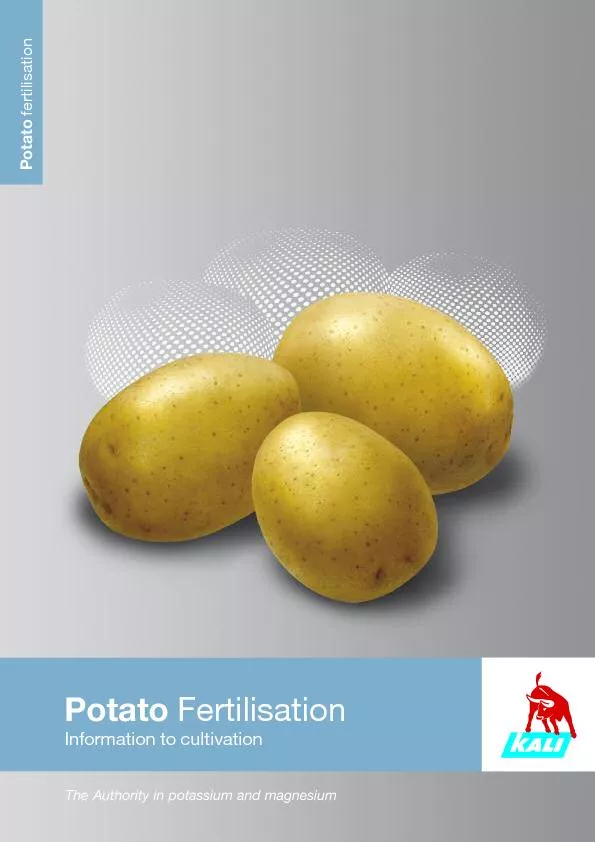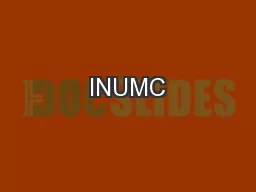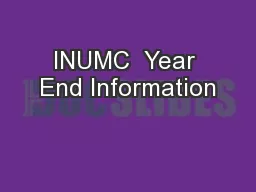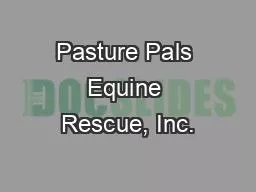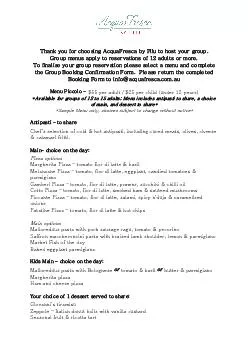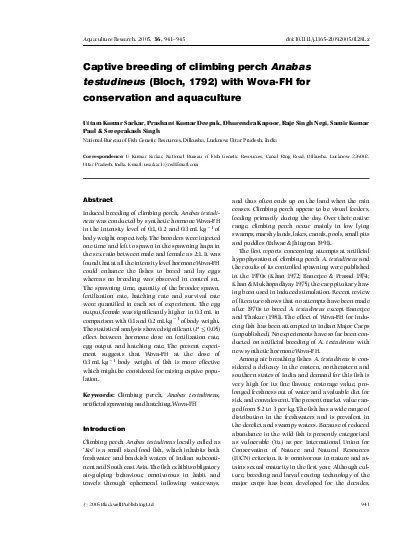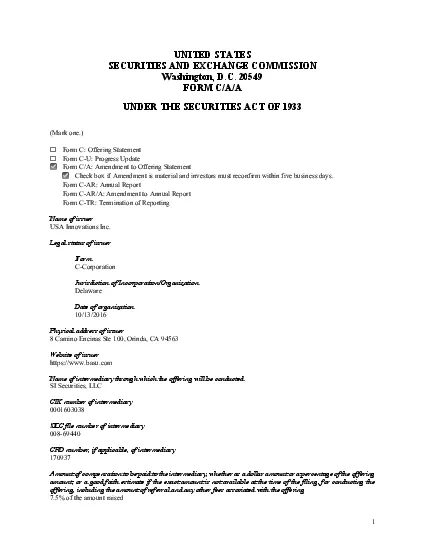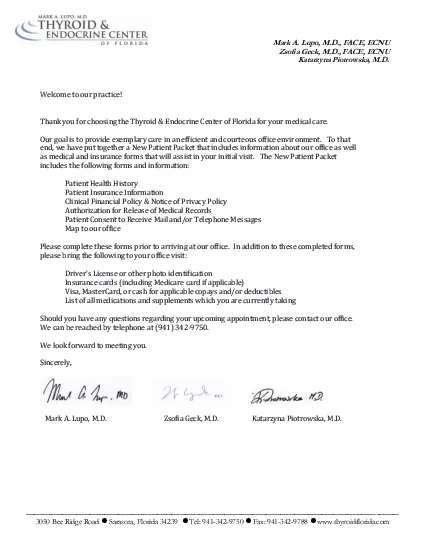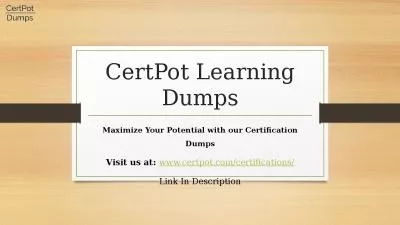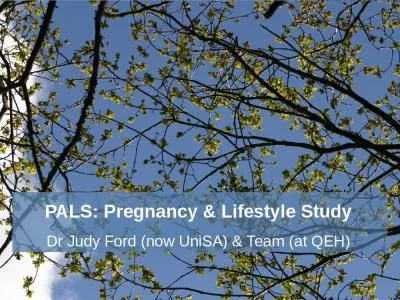PPT-2020 PALS Review (941) 363-1392 www.CMRCPR.com | FL
Author : ruby | Published Date : 2022-04-06
DISCLAIMER The following information is provided by the American Heart Association This is a study guide to give providers a sense of what to focus their studies
Presentation Embed Code
Download Presentation
Download Presentation The PPT/PDF document "2020 PALS Review (941) 363-1392 www.CMR..." is the property of its rightful owner. Permission is granted to download and print the materials on this website for personal, non-commercial use only, and to display it on your personal computer provided you do not modify the materials and that you retain all copyright notices contained in the materials. By downloading content from our website, you accept the terms of this agreement.
2020 PALS Review (941) 363-1392 www.CMRCPR.com | FL: Transcript
Download Rules Of Document
"2020 PALS Review (941) 363-1392 www.CMRCPR.com | FL"The content belongs to its owner. You may download and print it for personal use, without modification, and keep all copyright notices. By downloading, you agree to these terms.
Related Documents

